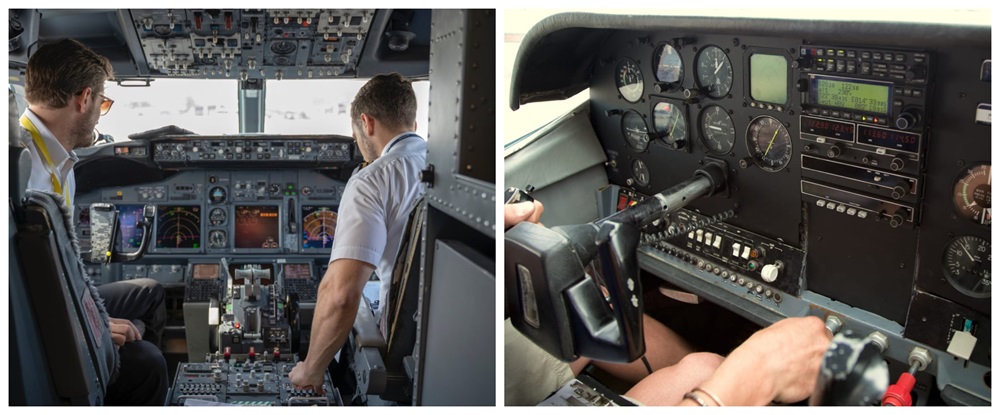Pilot’s Decision-Making Under Pressure: Averting Mid-Air Crisis
The pilots of an Air India Express flight headed for Sharjah recently prevented a possible mid-air catastrophe by exhibiting extraordinary decision-making under duress. Shortly after takeoff, the crew reported a hydraulic malfunction, therefore they decided to circle Trichy Airport for around two hours. The purpose of this tactical move was to lighten the fuel load before to making a safe landing attempt. The pilots’ rapid thinking made sure that all 150 passengers and crew members made it back to the ground safely, underscoring the vital role that competent pilot decision-making plays in emergency scenarios.
Fuel Management Strategy: How Circling Helped Ensure a Safe Landing?
An essential component of aviation safety is fuel management, particularly in an emergency. The pilots successfully decreased the aircraft’s fuel load by circling the airport, which is essential to guaranteeing that the plane could land safely without going above runway limitations. The choice to stay at 4,000 feet while depleting fuel allowed for a controlled fall in addition to adhering to safety regulations. This method reduced the possibility of landing heavily, which can result in greater stopping distances and wear on the aircraft’s equipment.
Critical Moments: Inside the Cockpit During the Emergency Maneuver
In an emergency, every second matters in the cockpit. In times of crisis, the pilots had to make snap decisions and stay in constant contact with air traffic control. They carried out regular emergency protocols, which included keeping an eye on fuel levels and making sure that every system was operating as efficiently as possible given the situation. During such manoeuvres, the cockpit environment is often tense; yet, successful crisis management needs calm and concentrated decision-making.
The Role of Pilot Expertise in Safely Reducing Fuel for Landing
An essential component of effectively managing fuel in an emergency is pilot experience. Skilled aviators are prepared for a range of situations, such as fuel management techniques and hydraulic malfunctions. In this instance, their expertise enabled them to choose the flight path and altitude that would minimise fuel consumption without compromising passenger safety. This incident emphasises how crucial it is to follow aviation procedures and receive thorough training so that pilots can make wise decisions when under duress.
Aviation Safety Protocols: How Quick Thinking Saved the Day
The purpose of aviation safety procedures is to equip pilots to handle situations such as hydraulic breakdowns. The Air India Express crew’s rapid thinking is evidence of these protocols in operation. Through adherence to established protocols for fuel management and emergency landings, they successfully prevented a potentially hazardous scenario. Since then, an investigation into the event has been launched by the Directorate General of Civil Aviation (DGCA), underscoring the need of maintaining safety in all operations. This incident should serve as a reminder of how important it is to follow safety procedures and receive proper pilot training in order to handle aviation situations successfully.





